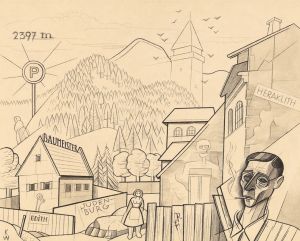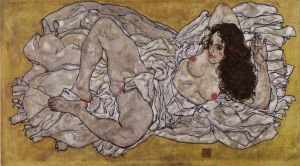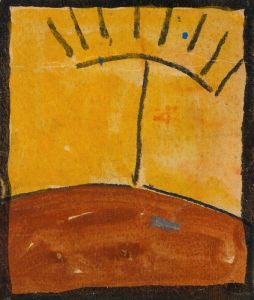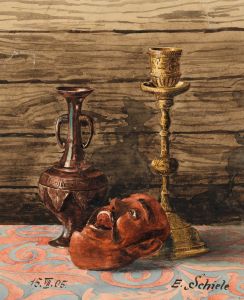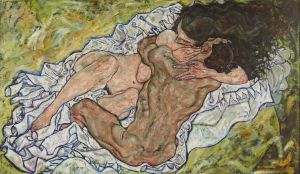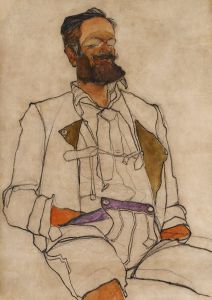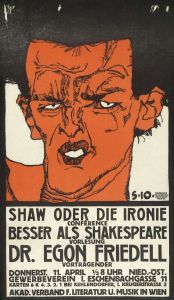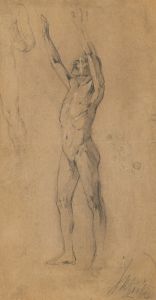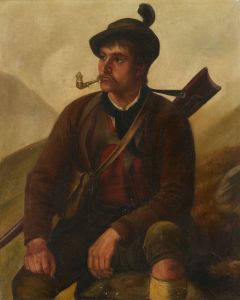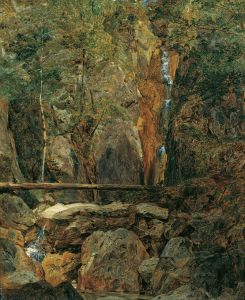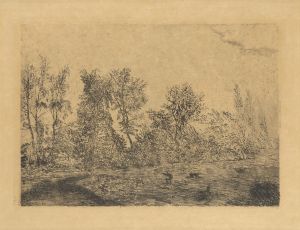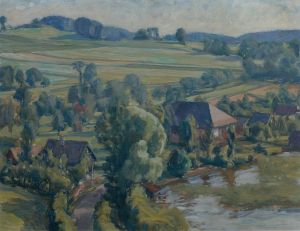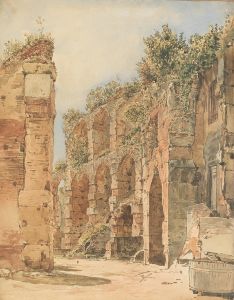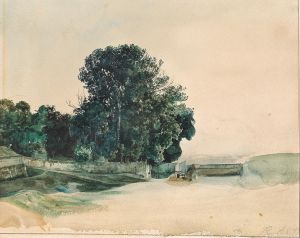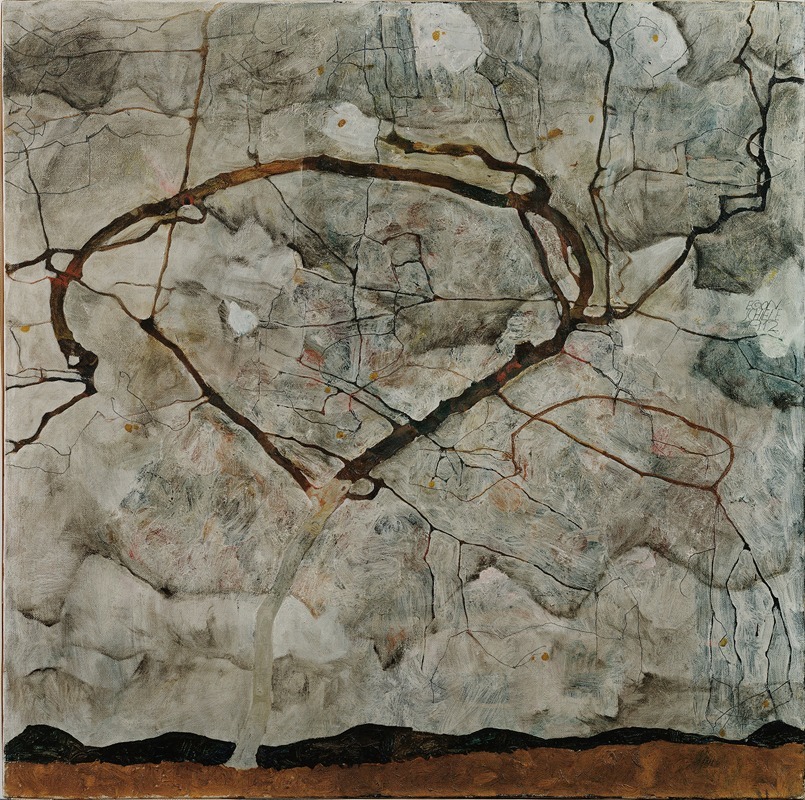
Autumn Tree in Stirred Air
A hand-painted replica of Egon Schiele’s masterpiece Autumn Tree in Stirred Air, meticulously crafted by professional artists to capture the true essence of the original. Each piece is created with museum-quality canvas and rare mineral pigments, carefully painted by experienced artists with delicate brushstrokes and rich, layered colors to perfectly recreate the texture of the original artwork. Unlike machine-printed reproductions, this hand-painted version brings the painting to life, infused with the artist’s emotions and skill in every stroke. Whether for personal collection or home decoration, it instantly elevates the artistic atmosphere of any space.
Egon Schiele, an Austrian painter known for his distinctive style and contribution to early 20th-century art, created "Autumn Tree in Stirred Air" in 1912. Schiele was a protégé of Gustav Klimt and a significant figure in the Expressionist movement. His work is characterized by its intensity, raw emotion, and often provocative subject matter. "Autumn Tree in Stirred Air" is a notable example of Schiele's exploration of nature, a theme that recurs throughout his oeuvre.
The painting depicts a solitary tree set against a dynamic background, capturing the essence of autumn. Schiele's use of color in this work is particularly striking; he employs a palette of rich, earthy tones that evoke the season's vibrancy and decay. The tree, with its twisting branches and sparse leaves, is rendered with a sense of movement, as if caught in a gust of wind. This dynamic quality is emphasized by the swirling patterns in the background, suggesting the stirred air of the title.
Schiele's approach to depicting trees and landscapes was influenced by his interest in capturing the underlying emotions and psychological states associated with natural forms. Unlike traditional landscape painting, which often aimed for realism, Schiele's work is more concerned with expressing the inner life of his subjects. In "Autumn Tree in Stirred Air," the tree can be seen as a metaphor for change and impermanence, themes that resonate with the broader existential concerns of Expressionism.
The painting is executed in gouache and pencil on paper, a medium that Schiele frequently used for its versatility and ability to convey fine detail. The choice of medium allows for a combination of precise line work and vibrant color application, both of which are evident in this piece. Schiele's technique involves layering colors to create depth and texture, enhancing the visual impact of the swirling air and the tree's intricate form.
"Autumn Tree in Stirred Air" reflects Schiele's fascination with the cycles of nature and his ability to imbue natural subjects with emotional depth. This work, like many of Schiele's pieces, challenges viewers to look beyond the surface and consider the symbolic meanings embedded within the imagery. The painting is housed in the Leopold Museum in Vienna, which holds one of the largest collections of Schiele's works. The museum is dedicated to preserving and showcasing the art of Schiele and his contemporaries, providing insight into the vibrant cultural scene of early 20th-century Vienna.
Egon Schiele's contribution to art extends beyond his innovative techniques and distinctive style; he is remembered for his ability to capture the complexities of human experience through both figurative and landscape subjects. "Autumn Tree in Stirred Air" stands as a testament to his skill in transforming the natural world into a canvas for emotional and existential exploration.





